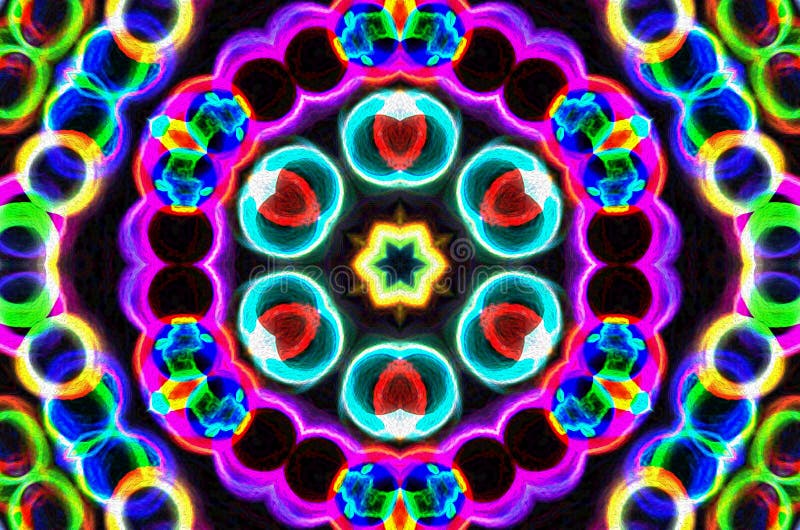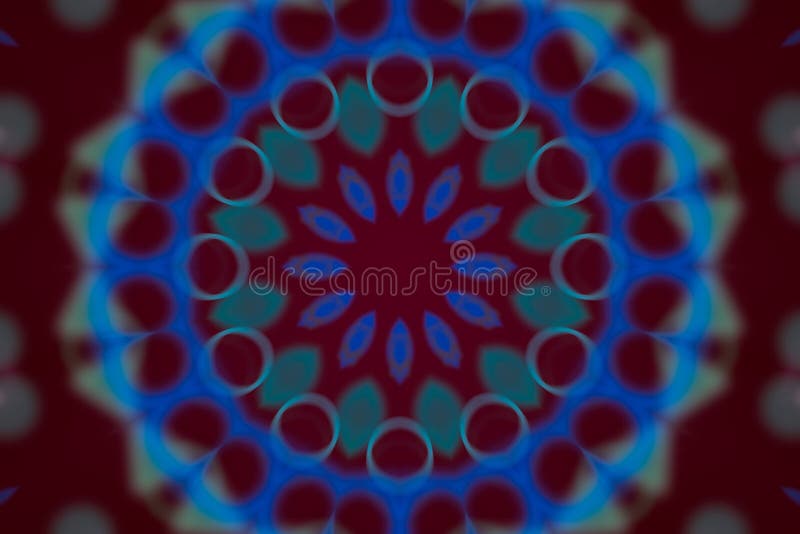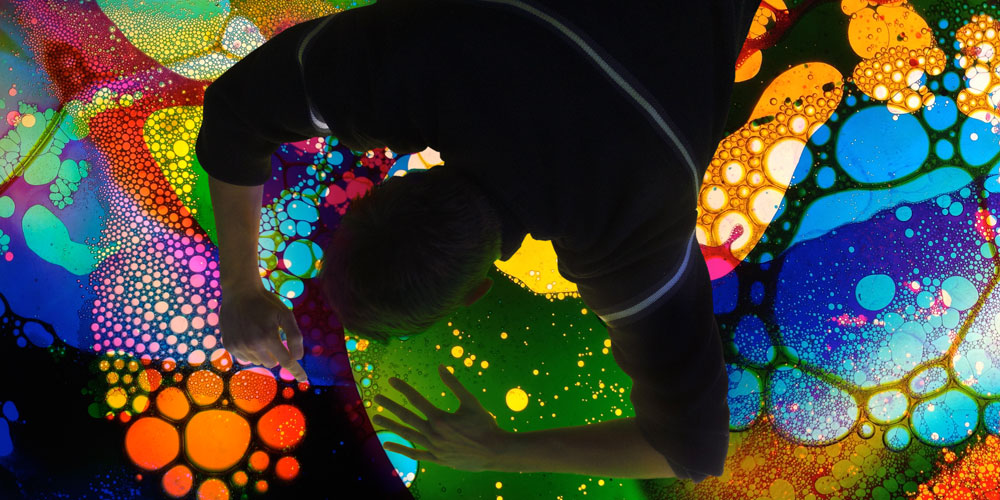
Then you want to click the middle left box in the Anchor grid. Go to the top menu and choose Image > Canvas Size.Ĭhange the option in the drop-down to Percent and make the width 200. Next, with the ‘Background copy’ selected, you want to make your Photoshop canvas size bigger. It will appear as a new layer-named ‘Background copy’ here-above your image. This will give you the perfect dimensions for your crop.ĭuplicate your layer by right-clicking the background layer and choosing Duplicate Layer. Click the Crop tool in the left toolbar.Īlong the top, you will see the ratio drop-down menu with Original Ratio. You then want to crop your image into a square. Step 2: Change to 1:1 Format Using the Crop Tool Next, open your image in Adobe Photoshop. I chose the lightning image as it has an exciting form that can be interesting when mirrored. Making a Kaleidoscope Effect in Photoshop Step 1: Select an Image and Open itįirst, pick out the image you want to transform. I am doing this for demonstration purposes and not suggesting a less busy image will look better. This will make the final edit look less chaotic than if I used a complete photograph. If you notice, the picture has a lot of blank space. This is aesthetically pleasing as it creates two images, the one you know and a new pattern. I chose a photo of lightning for this edit (a stock image from DepositPhotos). You technically take the subject’s form out of context and put it into this geometric grid. But kaleidoscope effects in Photoshop are especially effective when you use known forms. The instrument often comes in a tube with coloured glass and other opaque materials to emphasise the effect.Īlmost any image works. This, in turn, creates a symmetrical pattern due to the repeated reflections. So kaleidoscope translates to ‘observation of beautiful forms’.Ī kaleidoscope is an optical instrument with two or more reflective surfaces tilted towards each other at an angle. Eidos means ‘that which is seen’ (form and shape). It was discovered by a Scottish inventor, David Brewster.īrewster derived the name from ancient Greek terms.
#Virtual kaleidoscope image full
But, it wasn’t until 1815 that the full kaleidoscope effect was realised. We can see that there are a lot of reflections needed to get around the corners of the triangle.Reflecting patterns through mirrors has been around for hundreds of years. Thus the image is darker if there have been many reflections. To get an idea of the number of reflections I put the reflectivity of the mirrors to 95%. The kaleidoscope gives a periodic pattern with hexagonal symmetry. This triangle is half an equal sided triangle. It is shown in orange together with the position of the eye.

Eventually, a mirror image will always lie inside the triangle, but this may take 10 reflections or more.įor the result shown below I am using a triangle with angles of 30, 60 and 90 degrees. If the mirror image lies outside we have to repeat this procedure.

If the mirror image falls inside the triangle we use the corresponding pixel of the original image in the image of the kaleidoscope. Thus we calculate the mirror image of the pixel at this mirror. It occurs at the mirror that intersects this line. The straight line between this point and the pixel determines the reflection. This is actually its projection into the drawing plane and lies inside the triangle. For pixels outside we have to do some ray-tracing for the reflections at the mirror, see the green lines.įortunately, we can do the ray-tracing in the two-dimensional plane. Pixels inside the triangle can simply be copied directly from the original image.

Only the part of the image that lies inside the triangle can be seen. They form a triangle, as shown by the black lines. Three mirrors are put perpendicularly to the viewing plane. The basic setup is simple, see the figure at the left.


 0 kommentar(er)
0 kommentar(er)
